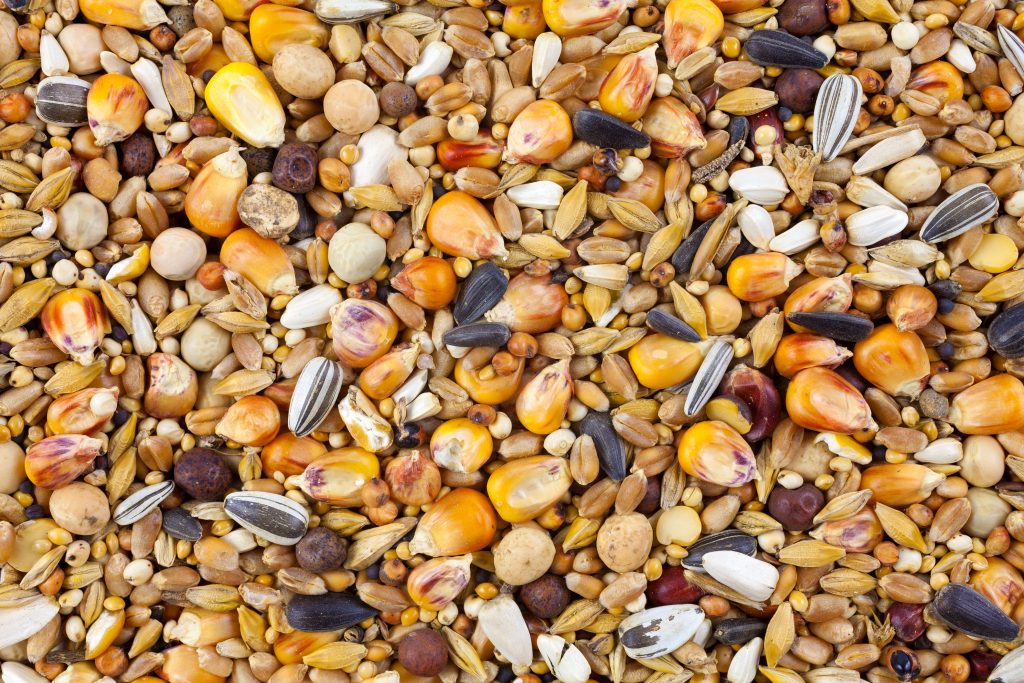The myth of “substantial equivalence” between GMOs and non-GE crops (called “isolines”) takes yet another hard science hit.
A team of researchers in Mexico City has published their meta-analysis of genetic data on rice, canola, maize, sunflower, and pumpkin. They looked at wild, GMO, and non-GMO cultivated varieties of these five crops, analyzing phenotypic change.
The phenotype of a crop is defined by a set of characteristics expressed by the crop’s genetic code (DNA). In theory, genetically engineered plants will show phenotypic changes only linked to the targeted traits scientists added to the GMO and hope to express. For example, a corn plant engineered to express the Bt toxin should not be different from normal corn in other ways, as has been reported here on Hygeia.
However, genetics are complicated and unintended consequences often occur. Of the five crops analyzed in this study, maize, pumpkin and rice showed the most variation between GMO and non-GMO cultivars. These three crops demonstrated wide variation for traits related to days to flowering, number of seeds/fruit, plant height, and pollen viability. In fact, the researchers report that for non-GMO and GMO cultivars of maize, pumpkin and rice, “almost all analyzed traits differ statistically.”

This latest report of “unintended consequences” from the genetic engineering process again raises questions about the official USDA policy claiming that other that GMOs are “substantial equivalent” or “functionally equivalent” to the original, non-GE isoline. We report on this and other concerns about GMOs elsewhere on Hygeia.
Source:
Alejandra Hernández-Terán, Ana Wegier, Mariana Benítez, Rafael Lira, and Anna E. Esclaante, “Domesticated, Genetically Engineered, and Wild Plant Relatives Exhibit Unintended Phenotypic Differences: A Comparative Meta-Analysis Profiling Rice, Canola, Maize, Sunflower, and Pumpkin,” Plant Science, December 5, 2017.

